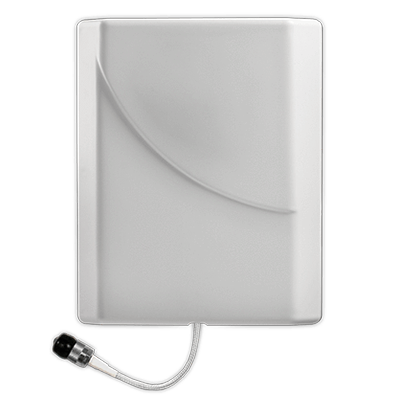 weBoost's directional outdoor panel antenna is suitable for mounting to windows or poles, or on a wall for interior use. This antenna panel is not conducive to operation while in motion, requiring setup and rough aiming at every new location.
weBoost's directional outdoor panel antenna is suitable for mounting to windows or poles, or on a wall for interior use. This antenna panel is not conducive to operation while in motion, requiring setup and rough aiming at every new location.
It is certified by weBoost for use with their cellular boosters as the exterior donor antenna or indoor retransmission antenna. Or it can be used stand alone directly connected to a cellular device.
It also comes kitted with the weBoost Connect RV 65 as the interior antenna.
Specifications
- Model: 314453
- Form Factor: Panel
- Direction: Directional
- # of Antenna Elements: Single
- Frequency Range: 700MHz - 2500MHz
- Impedance: 50 ohms
- Cable Type & Length: None
- Connector: N-Female
- Dimensions (H x L x W): 8.27 x 7.09 x 1.73 inches
- Weight: 1.32 pounds
- Mounting Options: Pole or Window
- Outdoor Rated: Yes
- Frequency Range/Gain:
- 700-800 MHz: 5.5 dBi
- 824 - 894 MHz: 6.1 dBi
- 880 - 960 MHz: 5.5 dBi
- 1710 - 1880 MHz: 9.3 dBi
- 1850 - 1990 MHz: 8.9 dBi
- 2110 - 2170 MHz: 7.7 dBi
- Special Features/Notes: Not Specified
- Retail Price: $84.99
News, Videos, & Status
We have the 75 Ohms version of this antenna, which came kitted with an older RV 4G booster kit weBoost offered.
News Stories:
Alternatives to Consider
For other popular cellular antennas on the market we are tracking - here are our featured options:
This Review Contains Additional Member Exclusive Content!
We are Honored to be Member Funded! No ads, no sponsors, no selling (but may contain affiliate links)
Our members fund our in-depth independent reviews.
This entry may contain additional member exclusive content such as testing notes, field testing data, user interface tours, comparisons to alternatives, analysis, tips, videos and discounts.
Members also get interactive guidance, alerts, classroom and more.
Other Ways to Support Our Work At MIRC
Member Exclusive Content Below
- Thoughts & Analysis - Favorite Features & Potential Downsides
- Deep Dive
- Hardware Notes
- Alternatives
This Review Contains Additional Member Exclusive Content!
The content below this point is part of your exclusive perks.
In respect of your fellow members who make this all possible, please don't share the details below outside of member spaces.
You are welcome to SHARE A LINK - non members will be able to view the public/free content we've designed for this page.
Thoughts & Analysis
Favorite Features:
- Higher Gain performance
- The suction-cup equipped antenna holder is reversible, and can stick to the inside or outside of an RV window - and onto fiberglass surfaces.
Potential Downsides:
- The outdoor directional antenna must be aimed, and can not be easily permanently mounted.
- The antenna cable connector is delicate, and may not survive many relocations.
- The antenna is big and bulky - it is the size of a small phone book - and it is awkward to install and store.
- This is a directional antenna - so while it does not require a precise aim, you do need to get it roughly pointed in the right direction of the cell tower you want to communicate with, which can require a bit of trial and error.
- You need to make sure that the external antenna is mounted far away and is pointed AWAY from the interior antenna, or the booster will quickly succumb to oscillation and shut down. It's entirely possible that the direction you need to aim your antenna could be blocked by a large structure like a neighboring RV or building, or even your own engine bay.
Deep Dive
Hardware Notes
This antenna is designed to be used specifically with weBoost boosters.
This big, bulky antenna is the size of a small phone book - and it is awkward to install and store. The antenna is not meant to be permanently mounted outside - and it comes with a suction-cup mounting bracket that can stick it to an interior or exterior window surface, or to an outside smooth wall of your RV.
This is a directional antenna - so while it does not require a precise aim, you do need to get it roughly pointed in the right direction of the cell tower you want to communicate with, which can require a bit of trial and error.
Even more importantly - you need to make sure that the external antenna is mounted far away and is pointed AWAY from the interior antenna, or the booster will quickly succumb to oscillation and shut down. This means at each location you stop, you will have to figure out the best installation of where you place the antennas. And it's entirely possible that the direction you need to aim your antenna could be blocked by a large structure like a neighboring RV or building, or even your own engine bay.
Running the long stiff and unwieldy antenna cable from the antenna to the booster unit just adds to the fun of getting set up in a new location. To achieve your desired results, you may end up with a hefty trip wire across your RV's living space.
After all that effort - in our testing we did run across a few locations where the directional antenna and extra gain showed some solid advantage. In those situations, the omnidirectional contenders also created suitable speeds.
Alternatives
Recommended for Indoor Use
This antenna is also frequently recommended by weBoost and some installers as a replacement for the lower gain indoor antennas that come kitted with mobile boosters. And it comes kitted with the higher powered RV 65 setup.
In general, we don't recommend this setup in most configurations. When you need a booster most, you're usually in a weak signal area - which means the interior broadcast range will be rather limited regardless of what interior antenna you are using. Sometimes just to a few inches from the interior antenna.
To get optimal performance, you need to keep your cellular device very close to the antenna - which can be difficult with this panel antenna if mounted on a wall. Using the smaller 'candy bar' style antennas, you can move them around for better placement and put a cellular device directly on top of it.
In strong signal areas, this interior antenna may actually prove to be too strong causing issues with oscillation with your exterior antenna.
Purchasing Options
Purchasing Links & Disclaimer
We don't sell stuff, we are primarily member funded. Some links below may be affiliate links (see our disclaimer), which also helps fund MIRC.
The vendors displayed below provide larger discounts to our MIAs that we have negotiated instead of displaying affiliate links while they are logged in.
MIA Discounts - Learn & Save!
Our Mobile Internet Aficionados (MIA) get special discounts from the below vendors. Members please check for discount codes before ordering. With savings up to 11% off, you could save more than your membership cost!
Save 5% at weBoost.com!
While this site is not reliant on affiliate funding, our weBoost links are affiliate links (only way they'd offer us a discount code). All affiliate incomes goes towards funding this site and other great causes.
Buy Direct from weBoost (affiliate link):
Amazon (affiliate link) | WilsonAmplifiers | 5GStore
Cellular antennas can be a vital part of your signal enhancing strategy to get a better signal, and thus better cellular data performance. They come in many shapes, sizes and varieties.
They can be used directly connected to your mobile hotspots or cellular embedded routers, or they might connect to your cellular booster. They come in omni-directional vs directional, single vs MIMO, and might support different frequency bands. They come in combination antennas with Wi-Fi and GPS.
But most importantly, is your installation options on your RV or boat.
So before choosing an antenna, be sure to understand all of these variables - and keep in mind that there likely isn't a single 'one size fits all' solution here. You may need to make compromises, or even have speciality antennas for challenging signal areas.
We recommend starting with our Guide to Selecting Antennas, and then moving on to our other guides addressing related topics:
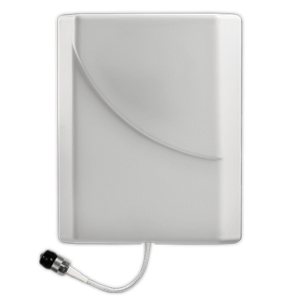
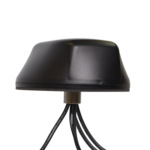
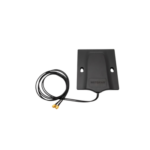
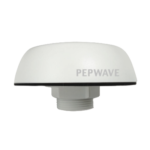
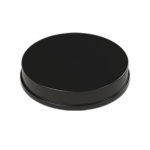

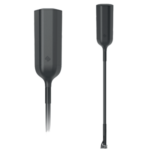
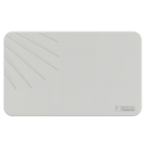
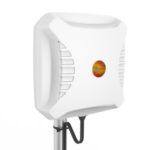
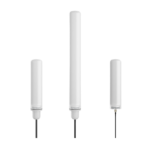
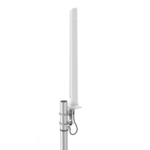
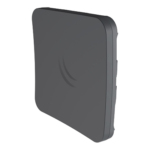
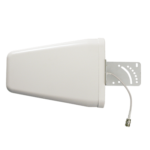

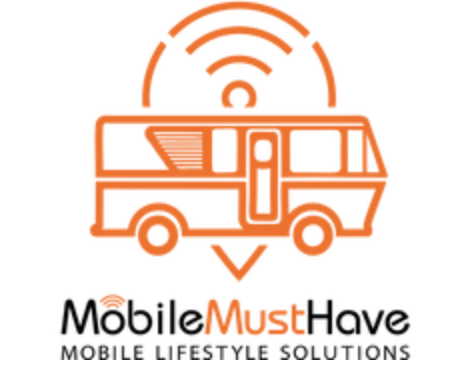

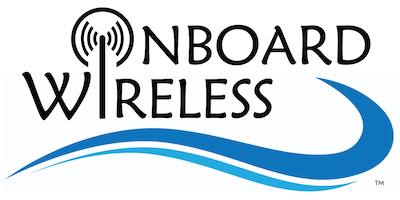



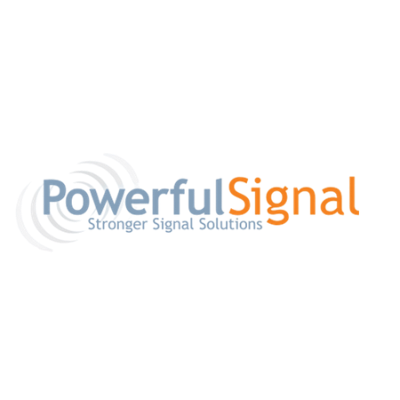
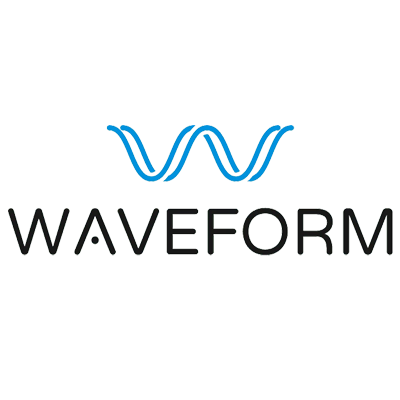
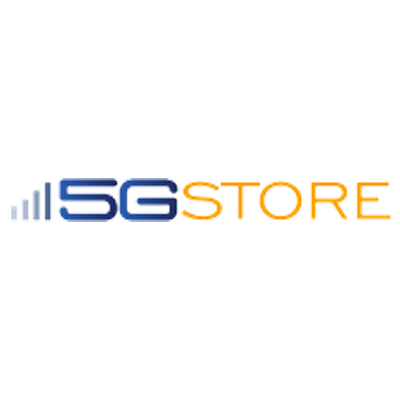
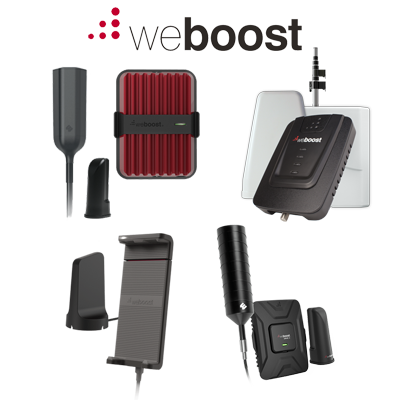
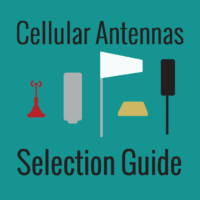
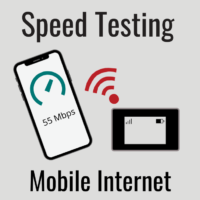
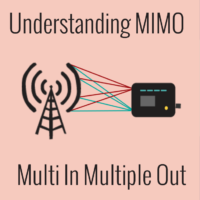
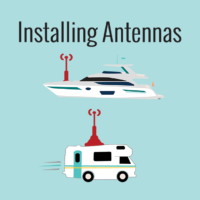
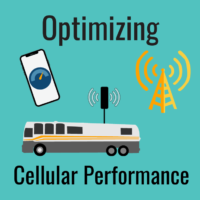
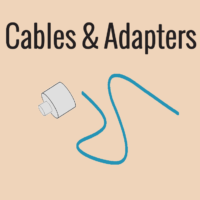
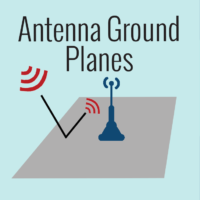

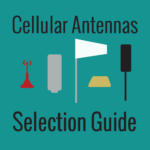
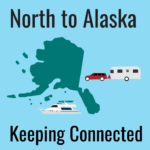

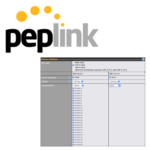
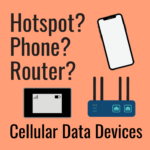
 Mobile Internet Resource Center (dba Two Steps Beyond LLC) is founded by Chris & Cherie of
Mobile Internet Resource Center (dba Two Steps Beyond LLC) is founded by Chris & Cherie of